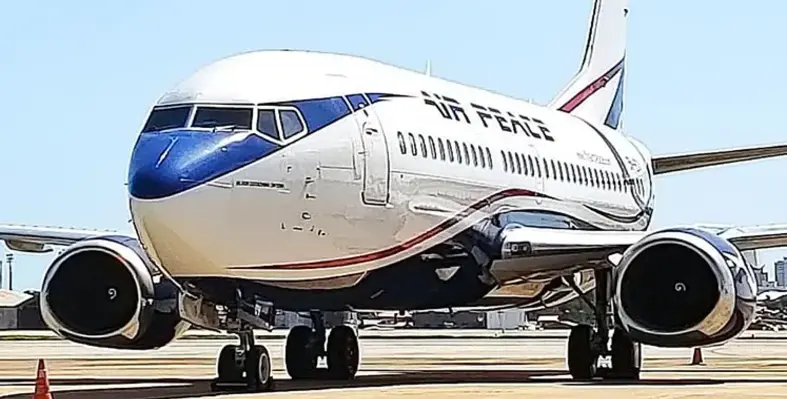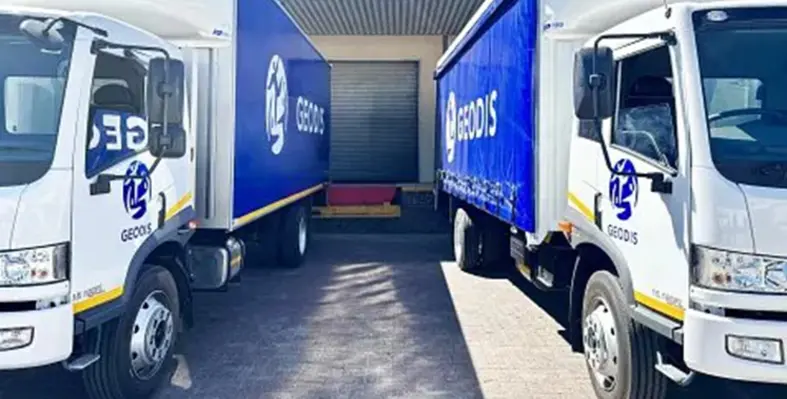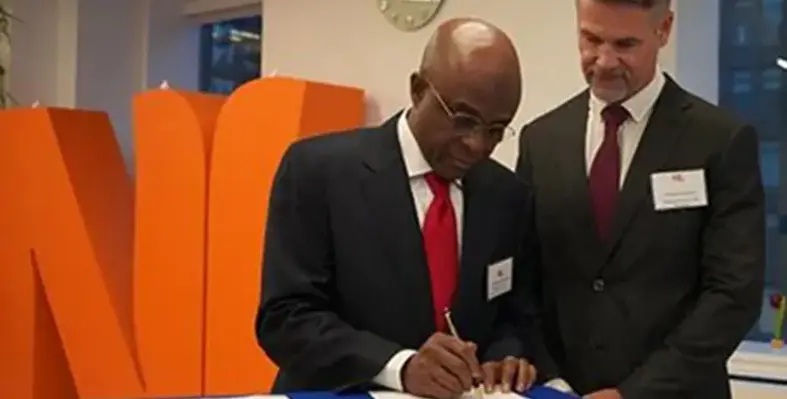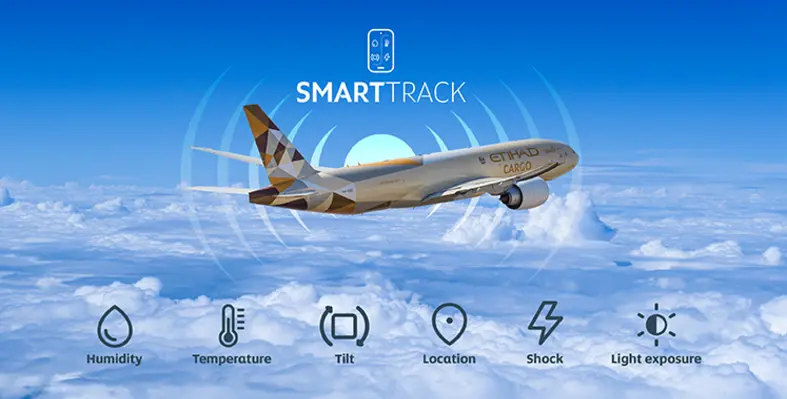Nigeria’s Air Peace, which is set to commence direct flights to the UK from Abuja in October, has begun work on what will be West Africa’s biggest aircraft maintenance facility
The privately-owned airline officially broke ground on its state-of-the-art Maintenance, Repair and Overhaul (MRO) hub on 17 September, which it described as “a landmark project” set “to revolutionise Nigeria’s aviation sector, curb capital flight and position the nation as a continental hub for aircraft maintenance.”
The aircraft facility is located on 34,000 sq m of land at Murtala Muhammed International Airport in Lagos.
Air Peace chairman and CEO, Dr Allen Onyema, outlined the economic significance of the project, noting that Nigerian airlines spent over US$180bn last year on overseas maintenance and spare parts.
“This MRO will change that narrative,” he said.
“It will not only service Air Peace aircraft but also those of other Nigerian and international airlines. In the next 24 months, Nigeria will begin attracting direct foreign investment, as airlines from Africa, Europe, and the Americas bring their aircraft here.”
With the capacity to accommodate a Boeing 777 and five other aircraft simultaneously, the MRO will be the largest facility of its kind in Africa, reducing Nigeria’s reliance on similar infrastructure in South Africa and Ethiopia.
According to Morgan Omonitan & Abe, the project contractors, the facility will include a 6,200 sqm hangar, warehousing, a workshop, office buildings, plus a 10,000 sqm apron for aircraft parking.
Additional infrastructure will include a car park, equipment shade, security housing, utility and transformer buildings, and landscaped grounds.
The airline hopes the project will generate around 50,000 direct and indirect jobs, as well as train a new generation of Nigerian engineers and technicians, with technical support provided by Embraer of Brazil.
Onyema also thanked president Bola Ahmed Tinubu and minister of aviation Festus Keyamo for helping the company to overcome procedural and administrative hurdles in launching the project.
“In less than one year, they made it possible for us to stand here today. This is the first time Nigerian airlines are receiving massive support, and we at Air Peace are proud to be part of this history.”
Air Peace is set to launch flights from Abuja to London airports, Heathrow and Gatwick, on 26 and 28 October respectively.
Read more:
Real-time tracking transforms air cargo experience
Ethiopia gets AfDB backing for mega airport
Kenya Airways, Air Tanzania partner to boost regional aviation









